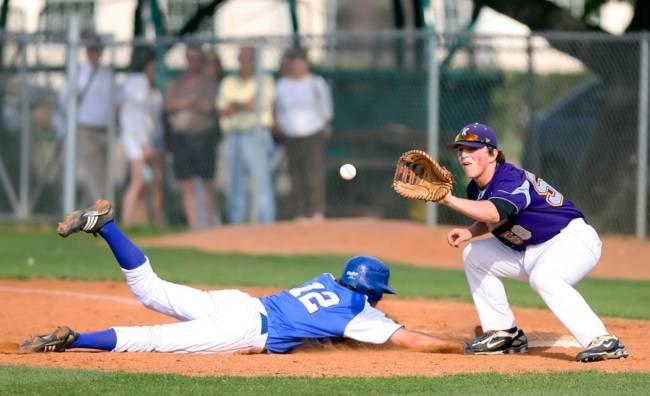It is the responsibility of a baseball manager to know and understand the game’s rules. Since pitchers will bat in the National League as of 2021, managers need to be familiar with the Double Switch rule.
A Double Switch differs from a traditional substitute player taking the place of another batter, runner, or defenseman. In baseball, what exactly happens during a Double Switch? Below you will find more information about this rule.
Table of Contents
What is a Double Switch in Baseball?
In baseball, a Double Switch occurs when there are two simultaneous changes in the batting order. When a DH spot is unavailable and the pitcher is about to hit in the next inning, managers often make a Double Switch. It occurs later in a game between two close teams in a ballpark that is home to the National League.
In order for the Double Switch to occur, the manager must speak directly with the home plate umpire. Once the umpire is aware of the Double Switch, the manager can make the Double Switch official by changing the lineup. As soon as the batting order changes, the home plate umpire alerts the other team.

What is an Example of a Baseball Double Switch?
Imagine that the New York Yankees are playing the New York Mets at Citi Field. Since Citi Field is a National League ballpark, pitchers hit since it follows National League rules. The Yankees brought in a new pitcher in the bottom of the seventh to pitch, and that pitcher only threw a few pitches. As the 7th hitter in the lineup, the Yankees’ right fielder made the last out in the top of the 7th. To avoid having the new relief pitcher bat in the top of the eighth inning immediately, the Yankees make a Double Switch in the lineup.
As a result of the Double Switch, the new relief pitcher moves up to the 7th hitter in the batting order. The Yankees then bring in a new Right Fielder to bat ninth in the order, initially the pitcher’s position. Double Switching allows the Yankees to avoid pinch-hitting for their pitcher in the top of the eighth inning, allowing them to keep their relief pitcher to start the next half inning. Also, since pitchers are generally poor hitters, the New York Yankees get a better lineup in their next at-bat in the top of the eighth.
During a baseball game, it can be tricky for MLB fans to remember that the batting order is different after a Double Switch. While the New York Yankees in that example gave themselves a better at-bat by not having the pitcher hit, they also had to bring a new position player off the bench to replace the Right Fielder. By replacing a one-hitter with someone on your bench, you’re losing a bench player to use later in the game, so this spot replacement can backfire.
Can you Double Switch a DH (Designated Hitter)?
Running a Double Switch at the DH position is against baseball rules. Teams cannot Double Switch DH spots because the position is locked in the batting order. As a result, teams and managers need to carefully consider who they put in as the DH in their lineup. During the game, a substitute player can take the DH spot from the starting DH player.
How is a Double Switch Different from a Traditional Substitution?
The primary difference between a double switch and a regular substitution is that two changes are made at once rather than one. A dual switch moves the batting order around, whereas a regular substitution doesn’t. The difference between a traditional substitution and a double switch is that a regular substitution can take out the DH spot for a substitute player while a double switch cannot.
What Makes the Double Switch Difficult for Managers to Implement?
A Double Switch is a short-term play by a team to gain an immediate advantage in the next inning. With a Double Switch, managers are taking a risk since they also have a substitute player bat in place of the pitcher. The manager tries to wait as long as possible before making this switch because it is risky and reduces bench availability.
You may quickly run out of bench space when you use the Double Switch. As an example, pinch-hitting for a pitcher during extra innings can be problematic with a narrow bench. You might not be able to pinch hit for a pitcher later in the game if there are no bench players available.
Conclusion
A Double Switch is typically played by National League teams in a National League ballpark. It is also important for American League Managers to be aware of this strategy. During interleague play and the World Series, AL managers might have to use this strategy.
